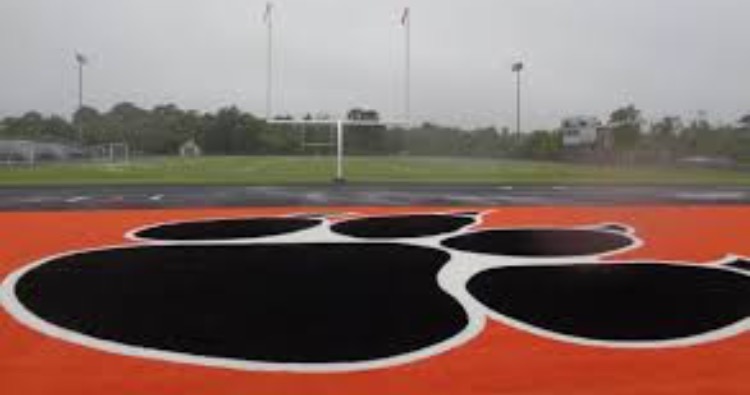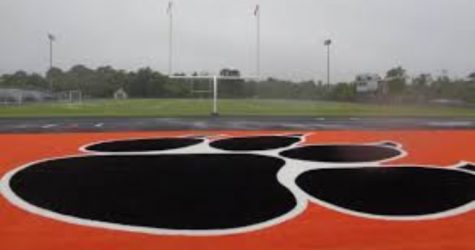Turf: Yay or Nay?
November 16, 2016
Since the invention of artificial turf in 1965, there has been a debate among athletes: What’s better, turf or grass?
Turf was originally made for indoor stadiums to compensate for the problem that grass could not be grown as a result of the lack of sunlight. Some other benefits of artificial turf are the consistency and the low maintenance. Over the course of the next couple decades, turf soon caught on in popularity not only in indoor stadiums but in outdoor fields as well. This continuing popularity also caught on in colleges and high schools.
Over the course of the past summer Ipswich High School installed an artificial turf. This turf was put in for many reasons. One reason that this turf was put in was because of maintenance. Because Ipswich is a small public school, it is hard to find the time and money to maintain a well kept grass field. Another reason this turf was put in was because it can be very hard to find a time to reschedule a canceled out game. This is because not only must the field be shared with many Ipswich teams, but rescheduled games must also fit in with the opposing team’s schedule.
With turf, there is a smaller chance of canceling a game because of snow or rain. As Ipswich’s Athletic Director, Tom Gallagher mentioned, the turf, “can handle 8-10 inches of rain per hour.” For anyone not familiar with rainfall, heavy rainfall is considered any amount of precipitation between a mere .39-1.96 inches per hour.
Another reason Ipswich got this turf is because of cleanliness. During an interview with Ipswich School Trainer Kelly Michael. she said that the type of turf Ipswich installed, “has antimicrobials, so if someone bleeds or throws up by accident, it keeps it a lot cleaner.” Not only does antimicrobial turf stay cleaner than rubber pellet turf, it also does not cause cancer which some studies have linked to rubber pellet turf.
Ipswich Town Council decided that Ipswich could only get a turf field if it was not a rubber because of this link to cancer. Besides this, the other main difference between antimicrobial turf and rubber filled turf is what the artificial blades of grass are filled with. As the name implies, rubber filled turf is filled with small bits and pieces of chopped up rubber. While antimicrobial turf is filled with Envirofill which is coated in an antimicrobial layer. This difference in filler material has caused a lot of debate among athletes at Ipswich High School.
Even with all the benefits of the antimicrobial turf over rubber turf and grass, the new turf has still received mixed reviews among athletes. For most athletes, the only aspect of their field which really matters is performance. When asking Miles Brengle, a senior soccer player, what he thought about the new turf, he stated that, “the new turf is much rougher than grass or regular turf.” He then went on to say that this new turf, “gives much worse turf burn than grass and even regular turf.” After this he noted that a teammate of his, Noel Seigart, “still has scars on his knees from turf burn from the first week of the season” which was almost five months ago.
There is also a significant difference when playing on turf as opposed to grass. For instance, the ball rolls at different speeds and bounces at different heights. On the positive of this argument though, it can be noted that the ball always rolls and bounces consistently on turf. On the other hand, grass can become torn up or uneven. Resulting in unpredictable rolls and bounces. One big downside of turf is that there is an increased risk of experiencing a ligament or tendon injury. There have been numerous studies done by organizations such as the NFL with findings that show an increased likelihood of sustaining such an injury. Based on this years fall sports season though, Kelly has not seen an increase in injuries this year as opposed to previous years. Although many students feel that the impact and injuries in their personal experiences have been worse on this turf than on rubber turf or grass.
Despite the fact that there are numerous points for and against turf, there will never be a clear, definitive, superior playing surface. This is because for the most part, this is a heavily opinionated argument. There may be substantial benefits to either playing surface, but this debate simply comes down to personal preference. Some people may prefer the consistency of turf, while others may prefer the feel and play style that coincides with grass. Until the day comes when people stop having opinions, the war over turf vs. grass will always be hotly debated.


